Readers familiar with Carlsberg Lager adverts from the 1990s, voiced in hushed tones by Orson Welles, might recognise the style of the title’s assertion: a hint of ambiguity concealing a belief that the statement is actually true. I think it’s the perfect way of describing the Hasselblad X2D II and 35-100E zoom lens.
Following the success of the Hasselblad X2D, the company’s flagship 100-megapixel medium-format camera, Hasselblad recently released the X2D II, a second generation device featuring several significant upgrades. To accompany the X2D II, Hasselblad simultaneously introduced the XCD 2.8-4/35-100E zoom lens.
I was fortunate to borrow this kit for several weeks, and in this article I will share my impressions of this camera-lens combination, as well as sample photographs I took with it. I have distributed images throughout the article, beginning with subjects commonly associated with medium format: landscape and portraits.
Later, you will see examples of subjects less often tackled with such cameras: wildlife, sport, and reportage.
Hasselblad X2D II upgrades
Having spent some time with the first-generation X2D, I concluded that it was a superbly designed and constructed camera, delivering outstanding image quality. However, I, along with most online reviewers, did spot a few shortcomings which, if addressed, would significantly improve usability.
In addition, the X2D I used was fitted with a Hasselblad XCD 25mm f/2.5 wide-angle lens. While this was extremely impressive, it inevitably limited the scope of photograph I could take.
It is clear that in the Hasselblad X2D II, the company has not only responded to this user feedback, it has incorporated exciting new features that greatly extend the range of use cases for the camera. In addition, the XCD 35-100E zoom provides a one-lens solution for photographers tackling a wide range of photographic genres.
Build quality
Like its predecessor, the Hasselblad X2D exudes premium fit and finish. It comes in a smooth, matte-grey metal finish, and black, abstract, textured wrap. The company’s name is discreetly etched across the front of the EVF housing, resembling the more stealth approach to branding adopted in cameras such as the Leica SL3-S and Lumix S5IIx.
Control buttons and dials all have a solid feel. The two sliding doors, providing access to the camera’s connection ports, move smoothly and click firmly into place as they close.
The camera definitely has a premium feel to it.
Ergonomics
The X2D-series cameras eschew the boxy form factor typically associated with vintage Hasselblads and their contemporary 907X and CFV 100C bodies. They possess an easy-to-hold grip, housing a shutter-release button, as well as front- and rear-control dials.
Hasselblad has manufactured the bodies from a light, machined alloy, and incorporated a huge, tilting rear screen. A series of intuitively labelled function buttons are integrated into the right side of the screen. Like its predecessor, the X2D II possesses an integral 1TB solid-state hard drive and CF-Express card slot.
Building upon this well-thought-out format, Hasselblad has incorporated a number of useful improvements into the X2D II.
An especially welcome change has been the introduction of a new five-way joystick at the rear of the camera, perfectly position for manipulation with a thumb. This makes it a breeze to both scroll through and select menu choices, as well as reposition the focus point. In my view, the lack of such a joystick in the earlier model was its biggest shortcoming. The X2D II is so much easier to use with this single change.
More buttons and more screen mobility
Hasselblad has also installed an additional function button, just below the joystick. The user can assign a range of functions to the button. I left it set to focus mode. This enabled me to switch between options such as face recognition, animal recognition, point focus and so on.
Finally, the Hasselblad X2D II features a new tilting screen, which users can pull clear of the body and tilt through a wider range of angles. This further enhances the ability to take low-down shots or above-head shots.
Full marks to Hasselblad for building in these significant improvements to the camera’s usability.
Continuous autofocus
Hasselblad has not been content with simply improving the ergonomics and ease-of-use of the X2D II. The company has also introduced a continuous-autofocus (AF-C) feature, which constitutes a major advance in the camera’s capabilities. The X2D II uses phase-detection autofocus (PDAF), expanded to 425 zones, compared with the 294 zones of its predecessor.
Medium-format cameras are most commonly associated with landscape and portrait photography, where subjects are essentially motionless. With its AF-C feature, the X2D II now becomes a tool for photographers interested in capturing subjects in motion. Thus, in principle, the X2D II can now be used to tackle street, sports, and even wild-life photography.
In my two weeks with the X2D II and 35-100E zoom, I was determined to explore whether this was indeed the case.
To put the Hasselblad kit through its paces, I visited several locations within 40-minutes drive of where I live. These offered access to both spectacular landscapes and native Californian wildlife. The landscapes were standard fare for a medium format camera, but the wildlife shots were meant to provide a test for this camera-lens combination.
I will have more to say about the XCD 2.8-4/35-100E zoom lens shortly. But its autofocus speed clearly becomes a critical factor in enabling the camera’s AF-C performance.
Hasselblad X2D II dynamic range and colour rendition
The company claims the X2DII is the first medium-format camera to offer full, end-to-end high dynamic range (HDR). Coupled with its proprietary Hasselblad natural Colour Science (HNCS) processing, the X2D II is said to deliver industry-leading colour rendition and dynamic range.
Its 100 megapixel sensor uses 16-bit colour depth, delivering approximately 281 trillion colours. The X2D II therefore captures the subtle gradations that bring a photograph to life. A new native ISO of 50 and an increased dynamic range of 15.3 stops provide precise control from the deepest shadows to the brightest highlights.
Although I was unable to confirm this myself, Hasselblad also claims that its five-axis, ten-stop, in-body-image-stabilization (IBIS) system allows hand-held exposure times of seconds, while still delivering pinpoint sharpness. Online reviews I have seen appear to fully confirm these claims.
XCD 2.8-4/35-100E zoom lens
Inevitably, my impressions of the X2D II and its performance ‘in the field’ have been shaped by the supplied lens. The XCD 35-100E zoom is a member of the ‘exclusive’ range of Hasselblad lenses, renowned for their exceptional image quality. In terms of full-frame equivalence, it covers approximately the 28-75mm range commonly employed by ‘standard’ zoom lenses, even though EXIF data captured by Lightroom indicates a 78mm focal length at the long end of the range. It has a variable aperture range of f/2.8 to f/4.
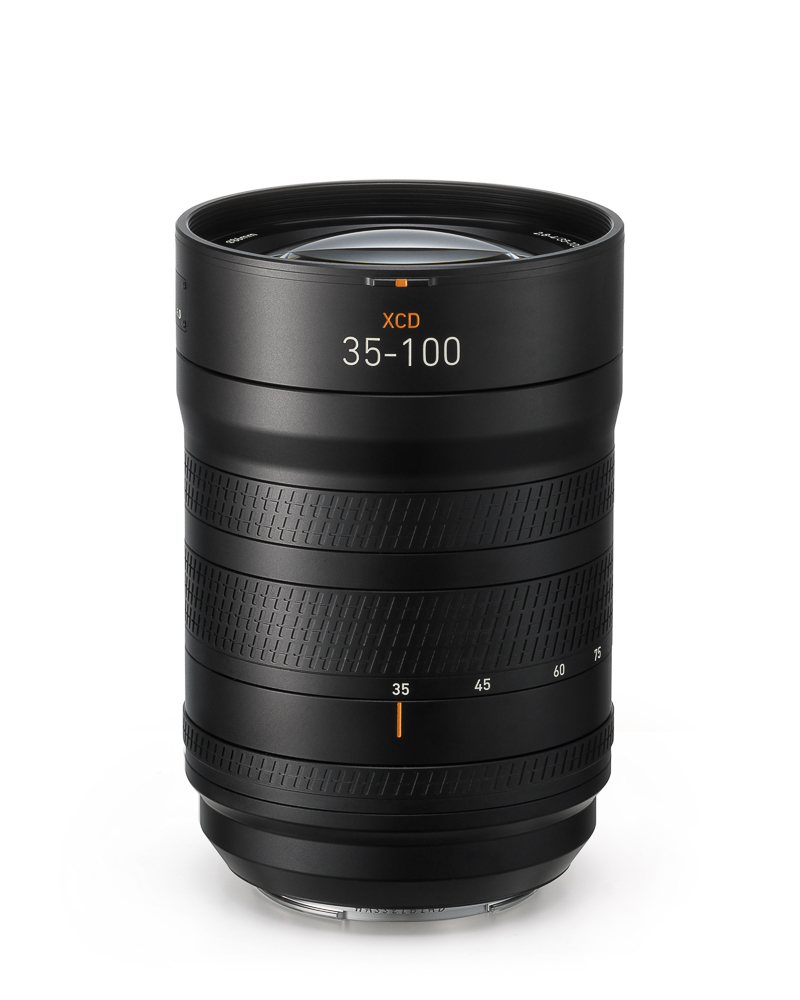
The lens is hefty, as one would expect of a medium-format zoom lens. However, in my short time with it, the lens’s versatility and optical performance more than compensated for the additional effort involved in carrying a camera-lens combo of this size.
The company says that, in effect, it combines the range of seven Hasselblad prime lenses into one. The company claims it excels in capturing sweeping landscapes, intimate portraits, dynamic street photography, and spontaneous travel moments with confidence.
I would fully concur with this description. Hopefully, the images included in the article support this assertion. I would go as far as saying that this could be the only lens that owners of an X2D II would need for the majority of their shooting.
XCD 35-100E overview
The ‘exclusive’ labelling of the lens is meant to convey that it offer top-tier optical performance. That is, delivering the same edge-to-edge image quality as Hasselblad’s XCD prime lenses.
The lens comprises 16 elements in 13 groups, including three aspherical and five ED elements. In designing the lens, Hasselblad says it was determined to deliver the sharp resolution and authentic colour that meet the demands of a 100-megapixel sensor.
As you might expect for its bright aperture and extended zoom range, the lens weighs in at 894g and is 138mm in length when not extended. Whether you view this as relatively light and compact for a lens of this type, or a whacking great monster, is a matter of personal preference. For comparison, Leica’s highly regarded Vario-Elmarit-SL 24-90mm f/2.8-4.0 weighs 1140g and is also 138mm long.
It seems that if you want prime-lens quality across a wide focal-length range, in a fast zoom, that is where you end up.
In addition to focus and zoom rings, the XCD 35-100E features an additional control ring allowing quick adjustments to a pre-selected parameter. Users can choose from shutter speed, aperture, ISO, exposure compensation, and subject switching.
AF-C performance of the X2D II and XCD 35-100E combination
The XCD 35-100E is apparently powered by the fastest stepping motor in the XCD lens line up. This compact internal focusing group, paired with optimised control algorithms, is designed to enable smooth and accurate autofocus. I certainly found that paired with the X2D II’s AF-C system, it did a great job of tracking moving subjects.
I was able to achieve sharp focus in the vast majority of the action shots I took. These included people playing tennis, cycling, and playing water polo.
The only occasion on which I failed to capture a sharp images was while photographing birds in flight. I was on a cliff top, looking down on pelican speeding by, below me. Perhaps, with practice, I would be able to pan fast enough to keep the pelican in the frame long enough for the autofocus to latch on to it.
In the viewfinder, successful recognition of a human face is signified by outlining the face with an orange rectangle, which turns green when focus has been achieved. If the subject is close enough, a further rectangle appears around their eye. It is very slick.
Impressively, the AF-C system was able to achieve focus in low light, when the face was in shadow, and when it was on the move. In one case, the subject was wearing sunglasses, and hurtling towards me at speed. Nevertheless, the subject was tracked perfectly.
A few final observations
I did not exhaustively explore the quality of bokeh generated by the lens, in the out-of-focus regions of images. But, I did photograph a number of flowers to assess the degree of subject separation possible with this lens.
At a focal length typical of a portrait shot, depth-of-field is quite narrow. Thus, in the image below, petals at the front of the flower are clearly distinguished from the greenery in the background.
Ideally, I would tackle this subject using focus stacking, which I have recently mastered. I could then have brought more of the flower head into focus, while still retaining the background blur. The X2D II is equipped with an automated focus stacking feature, but I did not have a tripod handy and so was unable to test its effectiveness.
The 100 megapixel sensor of the X2D II results in approximately 200 megabyte RAW files for each image. Since I usually shoot RAW, I did so when first shooting with the camera. However, my internet upload speed was running slowly during the period I was processing images. As a result, on my M1-equipped MacBook Air, Lightroom was struggling as it tried to deal with these huge files.
So, I switched to shooting JPEGs. These were also large (40+ Mb), but were definitely easier to manage. The JPEG image quality was still exceptional. Nevertheless, prospective purchasers of the X2D II might want to consider whether they should upgrade their computer at the same time!
Probably, the best camera-lens combination in the world
My tongue-in-cheek title for this article has undoubtedly conveyed how impressed I was with this Hasselblad kit, and where it might rank in a fantasy camera-lens Premier League.
I already held the first-generation X2D in high regard. With the X2D II, Hasselblad has taken a star and made it a superstar. Whether measured by build quality, ergonomics, user interface, or image quality, it is a fantastic device. The addition of a high performing AF-C system has added enormous further value. And, the fact that the camera is less expensive than its predecessor is also remarkable.
Synchronizing its release with the XCD 35-100E zoom lens has also been a master stroke by Hasselblad. They complement each other so well. At the risk of repeating myself, this could be the only lens that X2D II owners need for the vast majority of their photographic adventures.
For a second opinion, here is a recent, online review of the camera and lens.
What might be the other contenders for the title of ‘best camera-lens combination in the world’? I am sure that Leica would throw their hat in the ring with the SL3 and one of their SL-series standard primes. Or, perhaps Fujifilm with its range of medium format offerings.
Whatever the best way to describe this Hasselblad kit might be, I had a blast using it, and very much appreciated the opportunity to spend two weeks with it.
The Hasselblad X2D II 100C costs $7,399 / €7,200 / £6,400
The XCD 2.8–4/35–100E lens costs $4,599 / €4,800 / £4,100
Make a donation to help with our running costs
Did you know that Macfilos is run by five photography enthusiasts based in the UK, USA and Europe? We cover all the substantial costs of running the site, and we do not carry advertising because it spoils readers’ enjoyment. Every amount, however small, will be appreciated, and we will write to acknowledge your generosity.


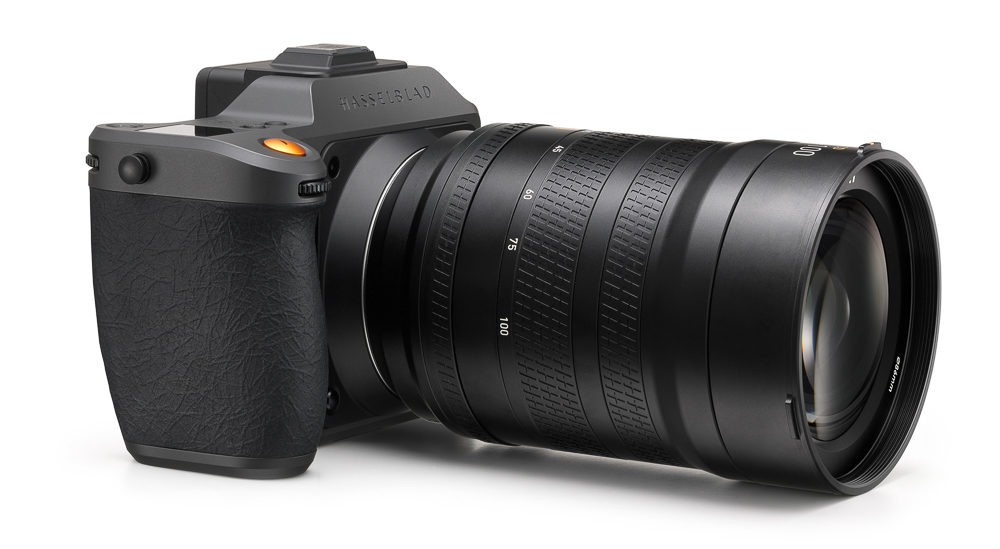
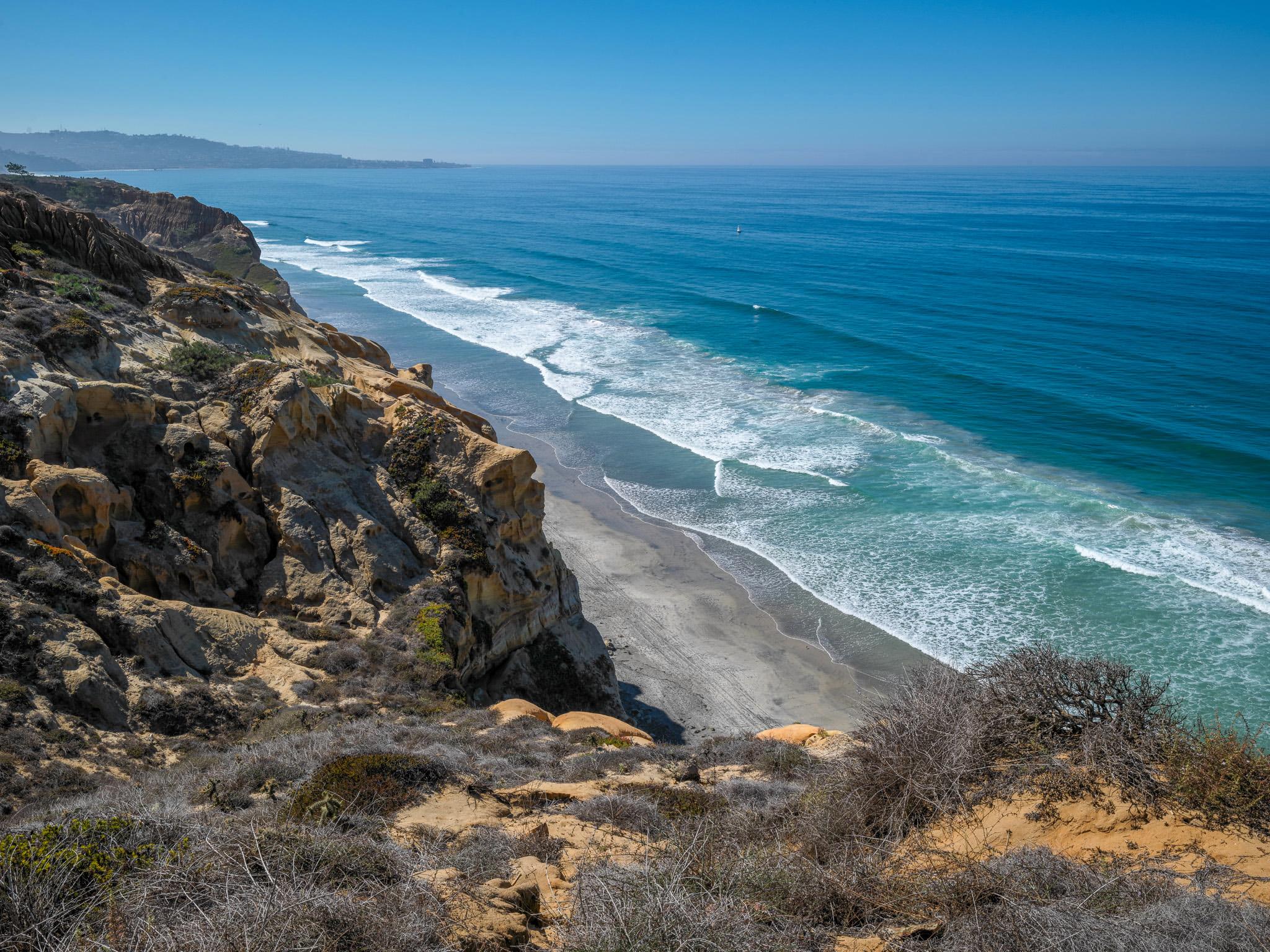
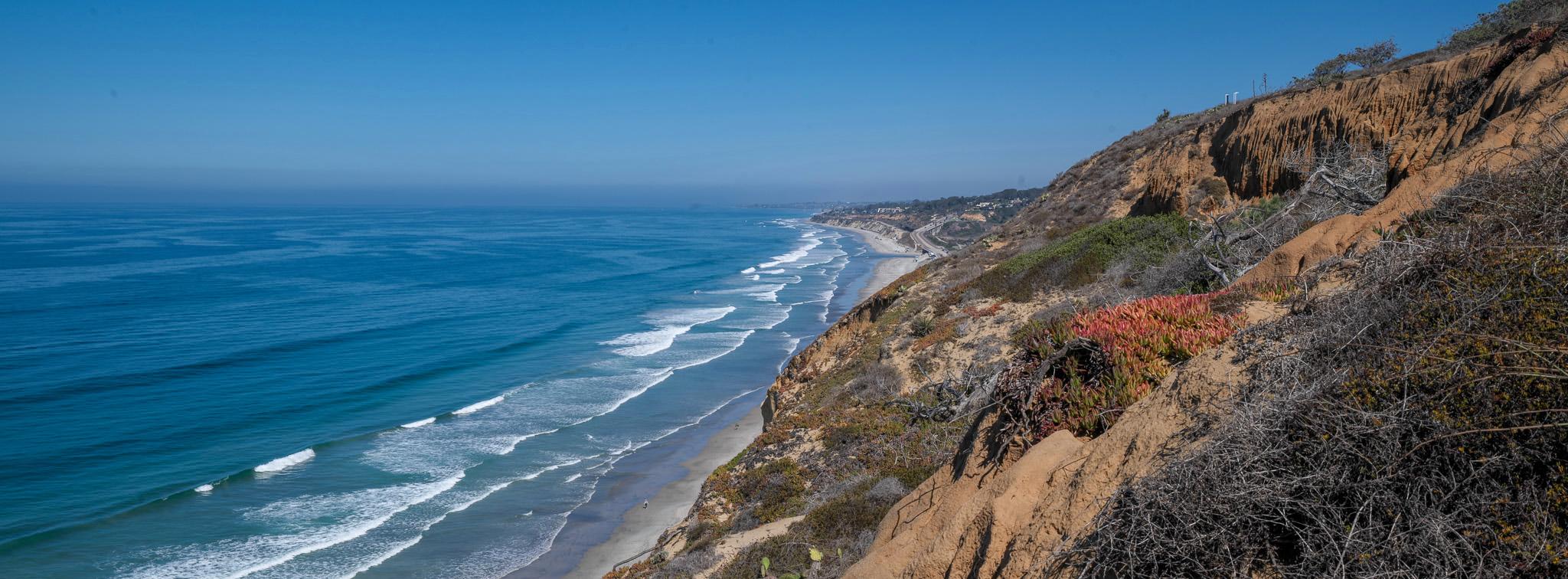



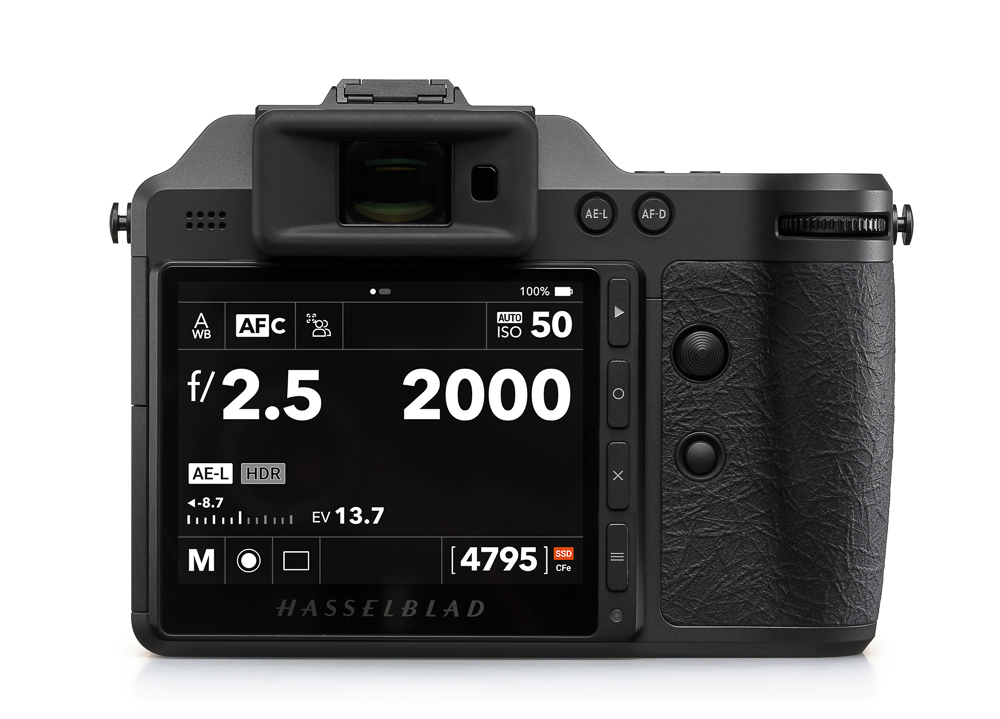

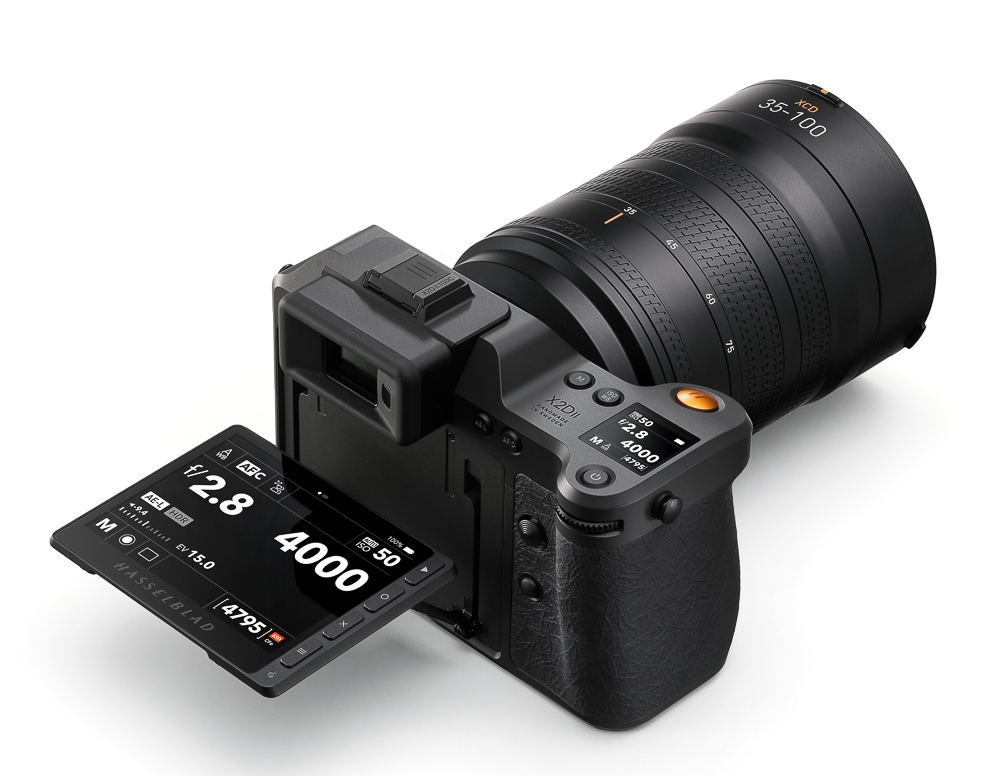
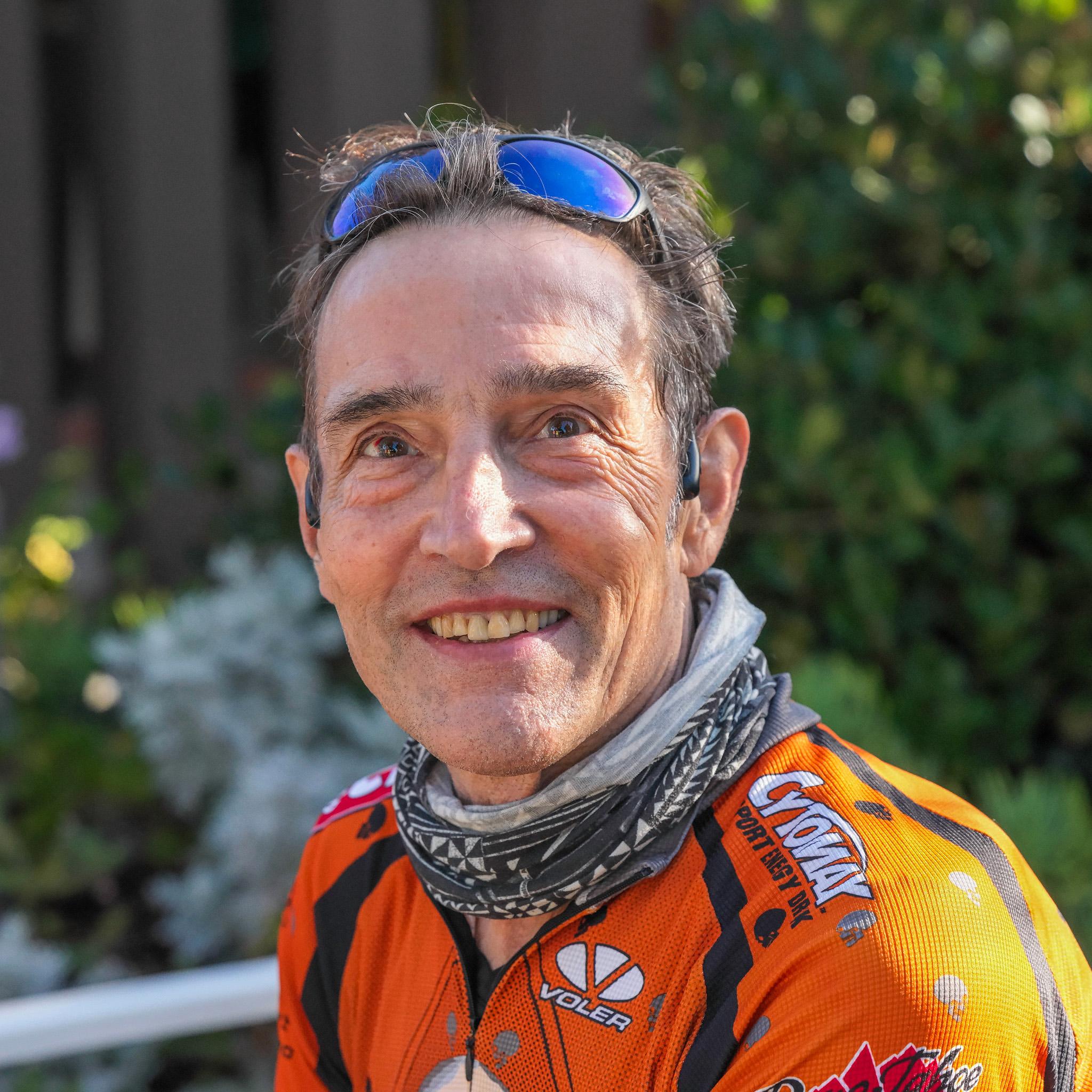














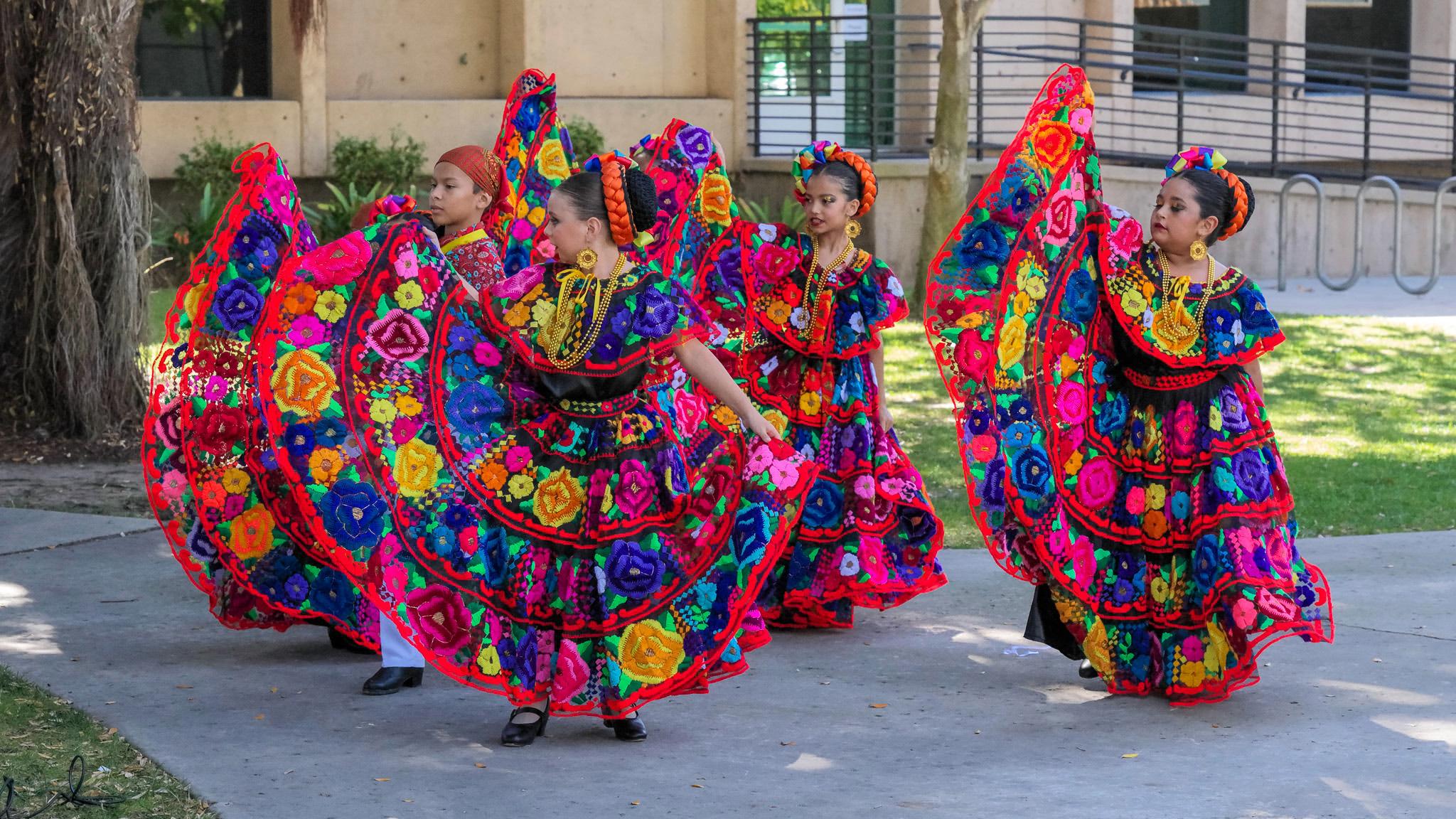
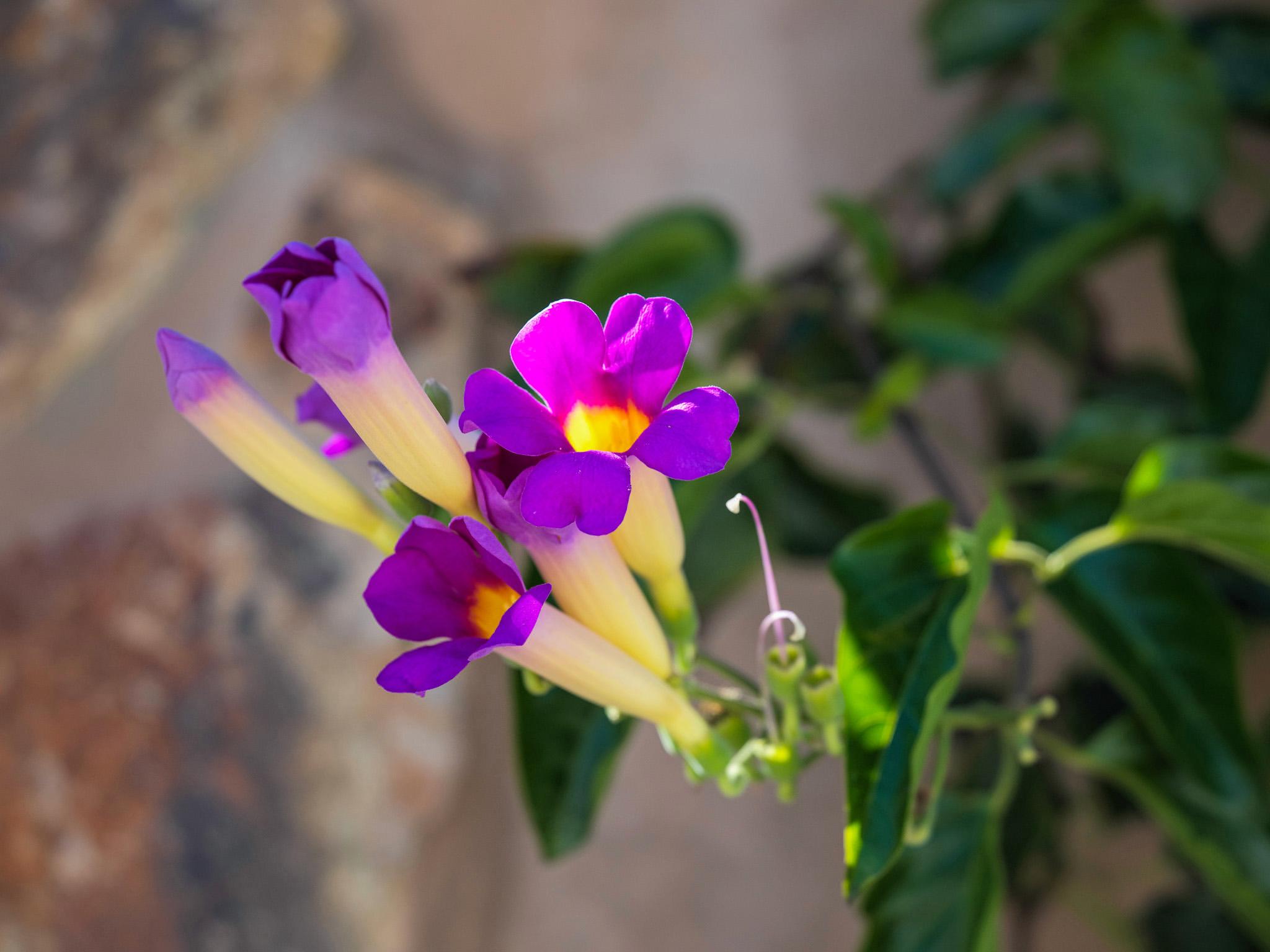
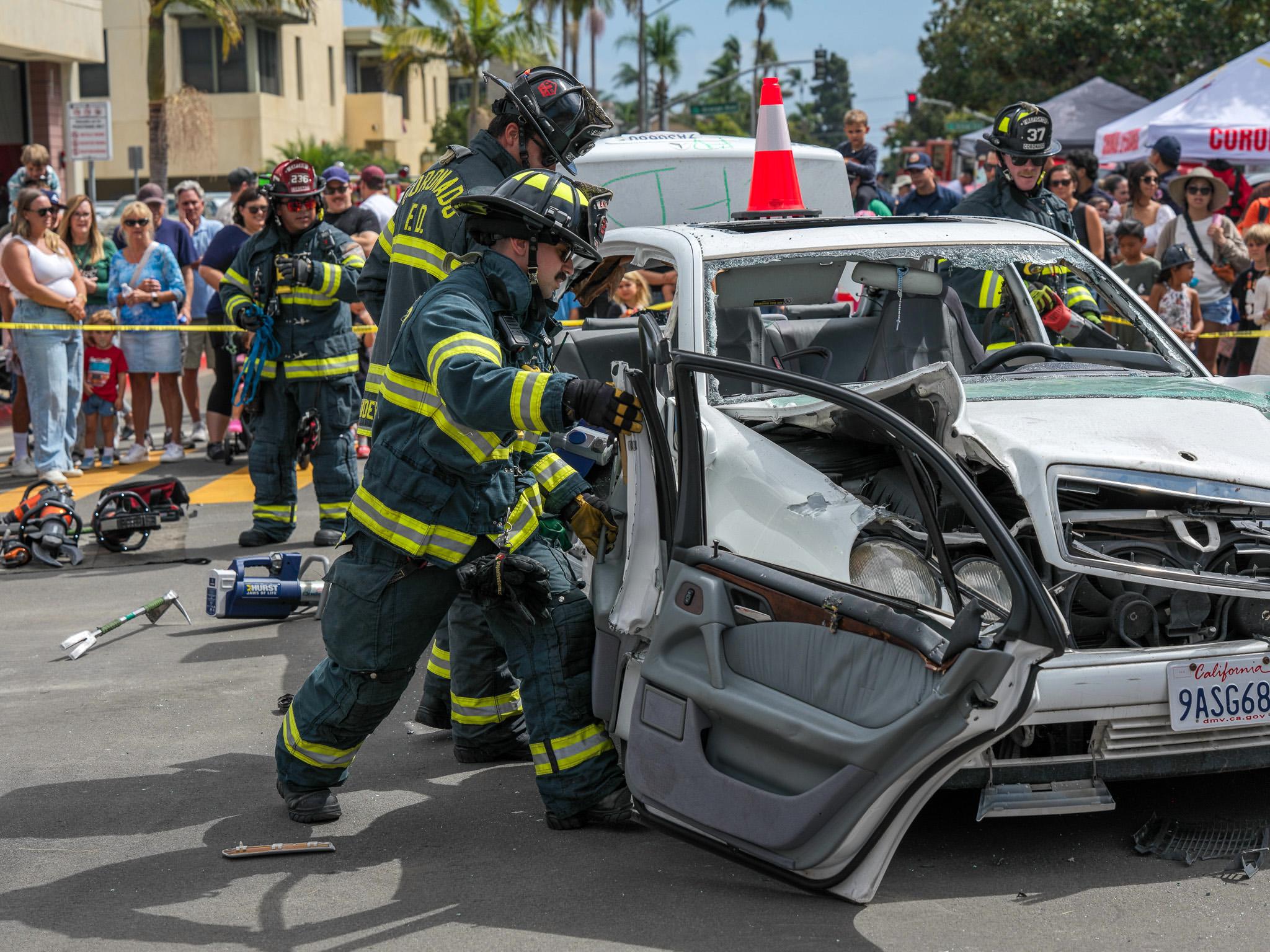
I sold my Hassie 503cw along with the 80mm Hassie lens, the winder, Hassie flash with the intent of purchasing this combo of the X2D II and 35-100mm. It appears the camera is currently available if one goes on a waiting list but the lense is not currently available for purchase. If you know where I can purchase this combo please let me know.
Sorry but we don’t have any information on that. Our test was conducted in California and the camera was supplied to us by Hasselblad USA. You don’t say where you live, but the local distributors should be able to help.
Mike
I would like to know who manufactures this and other lenses for Hasselblad X2D II camera.
Hi Vlad, according to the web, Hasselblad XCD lenses are manufactured in Japan, but the identity of the Japanese manufacturer has not been disclosed.
Keith
You are very fortunate to live in an area with so many photographic opportunities which have been captured by, “probable the best camera combination in the world”. I enjoyed your article. However your early reference to Carlsberg Lager brought back memories of an encounter many years ago with Carlsberg Elephant Brew at 7.2 % alcohol: best forgotten.
Keep up the good work at Macfilos.
Chris
Hi Chris,
Many thanks! I am indeed very fortunate. I pinch myself every day to check it’s not a dream. Sunshine, blue skies, wildlife, scenery, culture – a fantastic location for anyone interested in photography.
I never encountered Carlsbad Elephant Brew, but there is no shortage of microbreweries around here who would happily supply you with even stronger stuff.
All the best,
Keith
Meanwhile, I’m stumbling in the Dunkelflaute along the Thames, seeking a sunny moment to grab a test shot. It’s a hard life.
You just reminded me of my favourite beer, Carlsberg Elephant, when I was on a student technical exchange and worked in Copehagen in the 70s. I was taken on a group tour of the Carlsberg factory and beer tasting and then a elegant dinner with fine crystal beer glasses. When we were outside about to depart an employee came up to me and asked for their crystal beer mug back that was clearly sticking out of my shirt pocket. A Canadian girl was so embarrassed that I was representing Canada for engineering….. I was disappointed to discover that Canada did not have my favourite beer.
Hi Keith, thanks for the article, I am glad you are enjoying the combo. I don’t have the new zoom yet but I do have the X2Dii since Day 1 and I am very happy with it. As a matter of fact I started packing and shipping some full frame kits to KEH this week with more to follow in the upcoming weeks.
Hi SlowDriver,
I am envious! It really is superb. If you already have a number of primes, perhaps the zoom doesn’t hold as much attraction for you, but I thought it was a special lens. Enjoy!
All the best,
Keith
Looks like a truly amazing kit. Too late for me but in my
experience Hasselblad has the absolute best colour science.
When are you putting your order in? You only live once. 😂
Hi Brian,
As tempting as it is, I am heavily invested in Leica gear, and so plan to stick with them. However, if I were starting from scratch…
All the best!
Keith